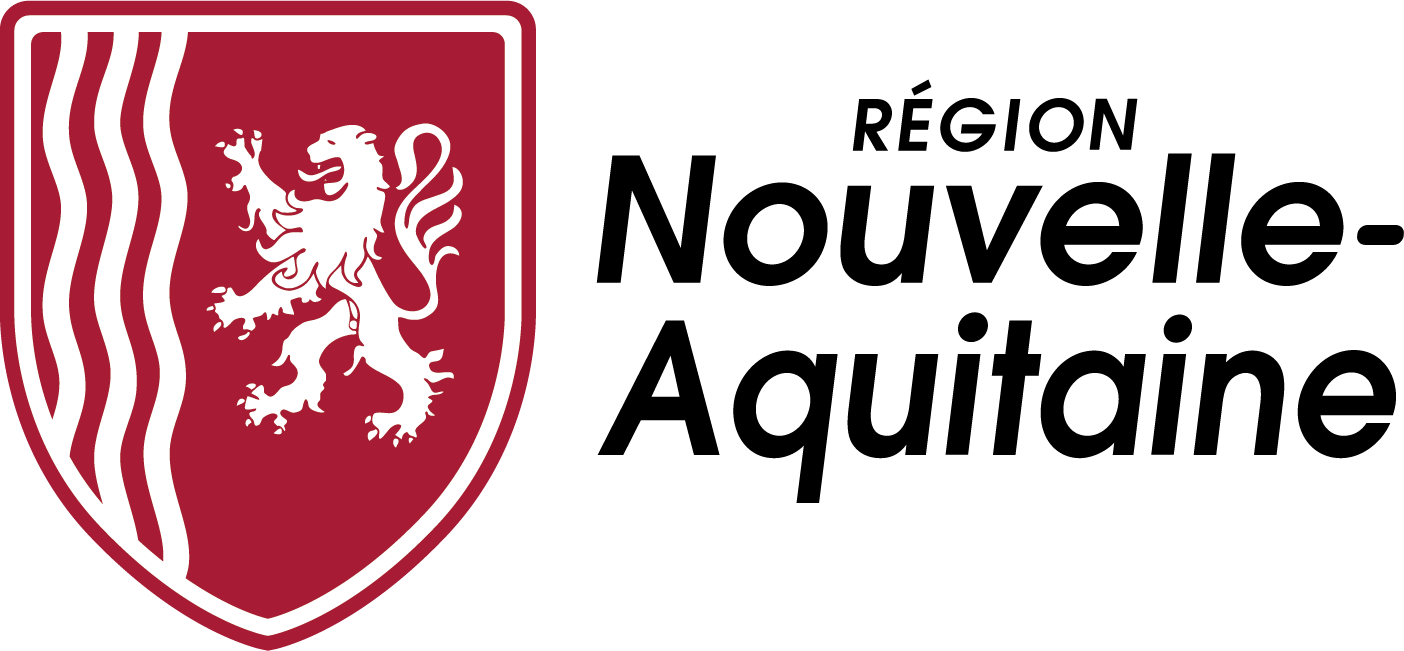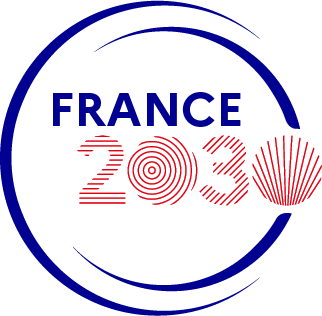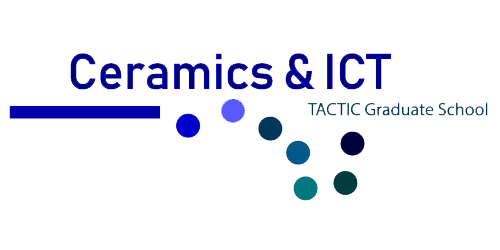- FR
- EN
You are here
CNRS researchers competitions
Proposed topics:
- Deep reinforcement learning
Contact: Emmanuel Moulay (emmanuel.moulay@univ-poitiers.fr)
The RUBIH team of XLIM is developing research activities at the University of Poitiers around the control and optimization of large-scale telecommunications networks such as the Internet of Things (IoT) and 5G. Among the new tools to control these networks is deep reinforcement learning. It is a strategy for controlling and optimizing complex dynamical systems combining reinforcement learning from optimal control and deep learning. First developed by the DeepMind company for video games and chess from 2013, it was then used in other fields and in particular to solve complex problems of resource allocation in telecommunication networks.
- Multi-physics and multi-scale modeling and simulation for future generations of millimeter and terahertz circuits
Contacts: Jean-Christophe Nallatamby (jean-christophe.nallatamby@xlim.fr), Michel Prigent (michel.prigent@xlim.fr), Denis Barataud (denis.barataud@xlim.fr)
Frequency upscaling, high efficiency power generation and device versatility are key issues for future generations of wireless communication systems.
Today, GaN HEMT technology is the focus of attention. It combines the advantages of being able to respond to the increasing frequency and power of our society's applications in both civil and military fields.
This increase in frequency is accompanied by significant reductions in component dimensions. We are now witnessing common reductions in gate length below 100nm (some predict 20nm) and barrier thicknesses that can reach 3 to 6 nanometers. This drastic reduction of dimensions generates a number of parasitic phenomena that cannot be classically apprehended by purely numerical models.
This technology will undoubtedly not be the only one to explore millimetric amplification in the coming years. In any case, the development, understanding and modeling of these breakthrough technologies will necessarily be increasingly based on physics. We will have to move from macroscopic integral laws to local laws integrating complex physical phenomena: tunneling, quantum, various interactions (phonons-electrons) ... Thus, we propose to develop an advanced electronic-physics theme, oriented towards multiphysical and multiscale simulation and modeling to understand and take into account the phenomena involved in the development of these new technologies for the design of new millimeter and terahertz components and circuits.
- Wireless optical communication systems and networks
Contacts: Anne Julien-Vergonjanne (anne.julien-vergonjanne@unilim.fr)
The design of future wireless communication networks capable of handling the ever-increasing mobile data traffic and supporting various services and applications with low environmental impact is recognized today as a major technical challenge. Optical Wireless Communication (OWC) is an efficient technology that can meet the requirements of future networks as an alternative or complement to radio technologies (RF). The research project focuses on the development of bricks/solutions/platforms based on OWC (visible light and/or infrared) and/or RF capable of providing low power, secure and low cost wireless access in various application scenarios such as IoT, e-health, smart cities, factory of the future.
- Resource allocation in the massive IoT
Contact: Jean-Pierre Cancès (jean-pierre.cances@xlim.fr)
The announced deployment of large-scale sensor networks to build the smart cities of the future poses many problems, particularly at the access layer (MAC) and resource allocation level. The need to maintain simple grant free protocols seems a priori antinomic with the concern of guaranteeing a protection of the transmitted data and a minimal quality of service required. These contradictions are one of the main challenges of the massive deployment of the IoT in the 5-6 G and constitute the basic building block of this research project.
- Self-organization and reconfigurability of distributed multi-robot systems
Contact: Ouiddad Labbani-Igbida (ouiddad.labbani-igbida@unilim.fr)
Scientific and technological evolutions allow us to address new paradigms of self-organization of intelligent systems to meet the challenges of adaptability, responsiveness and resilience. The importance of these concepts can be found in various industrial (factory of the future), societal (smart cities) and environmental (smart agriculture) contexts. It is in this context that the research project aims at developing robust approaches for the self-organization and reconfigurability of multi-robot distributed systems, with heterogeneous capabilities in terms of perception and communication, to respond to collective missions, in the presence of disturbances of various natures (loss of communication, partially known dynamics, parametric disturbances, etc.).
- Instrumentation for high resolution imaging in astronomy
Contacts: Ludovic Grossard (ludovic.grossard@xlim.fr), François Reynaud (francois.reynaud@xlim.fr)
The ALOHA (Astronomical Light Optical Hybrid Analysis) project proposes a radically different approach to the detection of mid- and far-infrared radiation than the usual techniques, based on frequency conversion in the photon counting regime within a coherent optics framework or in simple detection. The spectrum of the object to be observed is frequency-summed using nonlinear crystals before detection, thus eliminating the need for the cryogenic systems currently used. We have already in the past demonstrated the effectiveness of this technique at 1.5μm in the highly constrained context of high resolution imaging for synthetic aperture astronomy. We are currently working on a prototype operating at 3.5µm, and aim in the coming decade to extend the working wavelengths to the far infrared domain (N-band to 10μm). We also want to export our know-how to the space domain and demonstrate the compatibility of the hybrid technology we have developed. For this, we are in collaboration with the Space Center of Centrale Supélec for the CubeSats, in the framework of the ESUS project.










 UMR CNRS n°7252
UMR CNRS n°7252